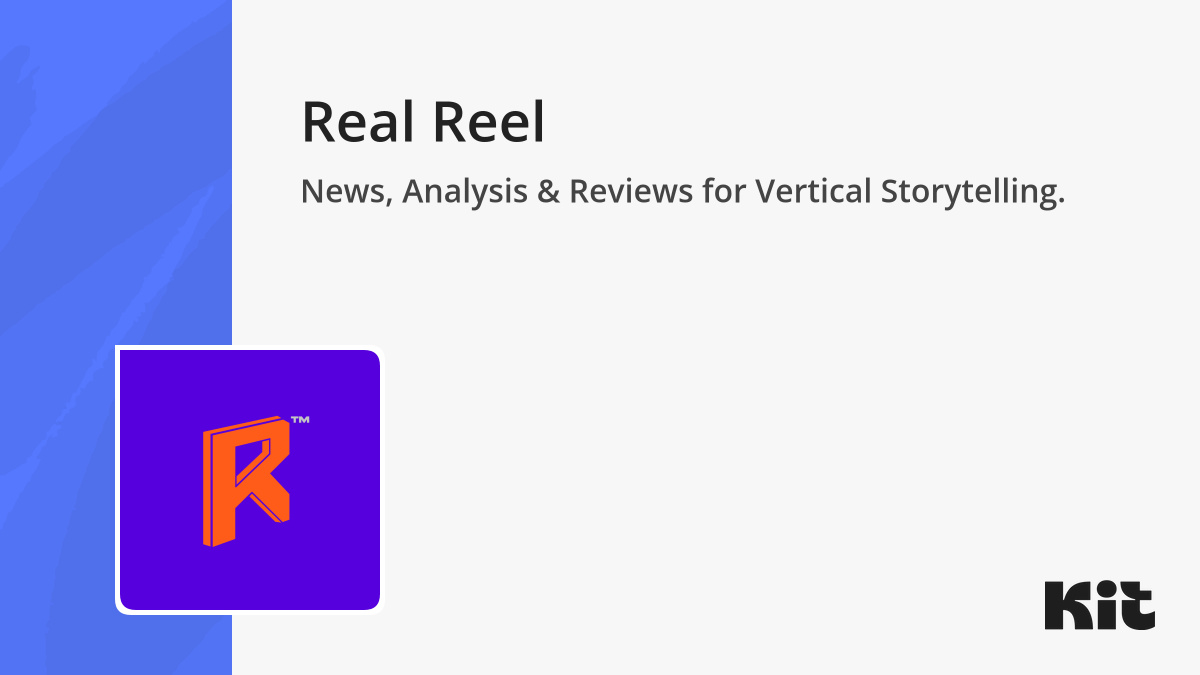Why Traditional Filmmakers Should Keep One Eye — at Least — on Vertical Short Drama

This note is personal.
I’m a traditional filmmaker who still loves the smell of a DCP and the ritual of lights-down in a theater. But I’m also the person who just spent an entire subway ride watching everyone around me stare, hypnotized, at a six-inch screen. It stings a little, yes, but pretending it isn’t happening won’t make it go away.
The world tilted to portrait while we were polishing our treatments
Mobile crossed the 50 percent share-of-viewing mark back in 2016; by 2024 a full 75 percent of global video plays were on phones, not TV sets or laptops. Viewers now meet stories in a 9:16 frame whether Hollywood approves or not.
China saw the shift first and the money followed. In 2024, portrait-mode “mini-dramas” earned ≈ US $6.9 billion, nudging past the entire Chinese theatrical box-office haul. When that headline hit, I felt my jaw actually clack shut.
The cash isn’t pocket change
Q1 2025 set a new record: US $3.3 billion in worldwide in-app purchases (IAP) from short-drama apps. Two leaders — ReelShort and DramaBox — have already banked almost US $1 billion between them. Analysts expect the category to reach US $11 billion by 2030 (a compound annual growth rate just shy of 10 percent). Those aren’t experimental-film numbers; they’re serious-studio numbers.
Paid traffic is the fuel — strong IP is the antidote
Every new viewer costs money. User-acquisition teams pay US $1.50 to $4.00 for each app install (CPI, cost per install). The higher that number creeps, the more desperately platforms want stories that sell themselves, worlds rich enough to spark memes, fan edits, binge marathons. That’s our home turf: character depth, serial hooks, the craft of turning set-ups into pay-offs.
Production moves at the speed of TikTok
A full season can shoot in days, not months. Post happens on laptops in coffee shops. Which means you might see your concept on-air (on-app?) within a quarter instead of after the usual seven-year dance of option–rewrite–financing–festival–and-pray. For filmmakers who’ve waited half a decade to watch their director’s cut hit VOD, that alone is reason to raise an eyebrow.
What about the canon, the classics, the temple of cinema?
They still matter, just on new terms. I still dream of a premiere in a dark room with thunderous speakers. Vertical dramas will not erase that ritual, yet they do siphon away some of the casual attention that once filled every multiplex. Paradoxically, that shift could make theatrical screenings feel more special. When audiences choose to leave the couch and the phone, they will do so for events that deserve the trip, whether it is a cult revival of Jaws or the next breakout festival winner. The phone keeps the quick hits; the theater becomes the cathedral.
I am not ringing a funeral bell, and I am not waving a storm flag. I am sharing one filmmaker’s forecast. If we carry our storytelling craft into this hungry vertical space, we can lower ad budgets, keep crews employed between features, and plant the seeds of the next generation of intellectual property before the field gets overcrowded. That lets us stay filmmakers in every sense.
These thoughts are still in draft. Part Two will arrive in a few days. Until then, if you are a filmmaker, a showrunner, or simply curious, let me know what you think. Comments are open, and I am on Twitter at @realreel_shu⇲. Let us navigate this portrait-mode future together before it writes us out of the frame.
Real Reel™ Newsletter:







